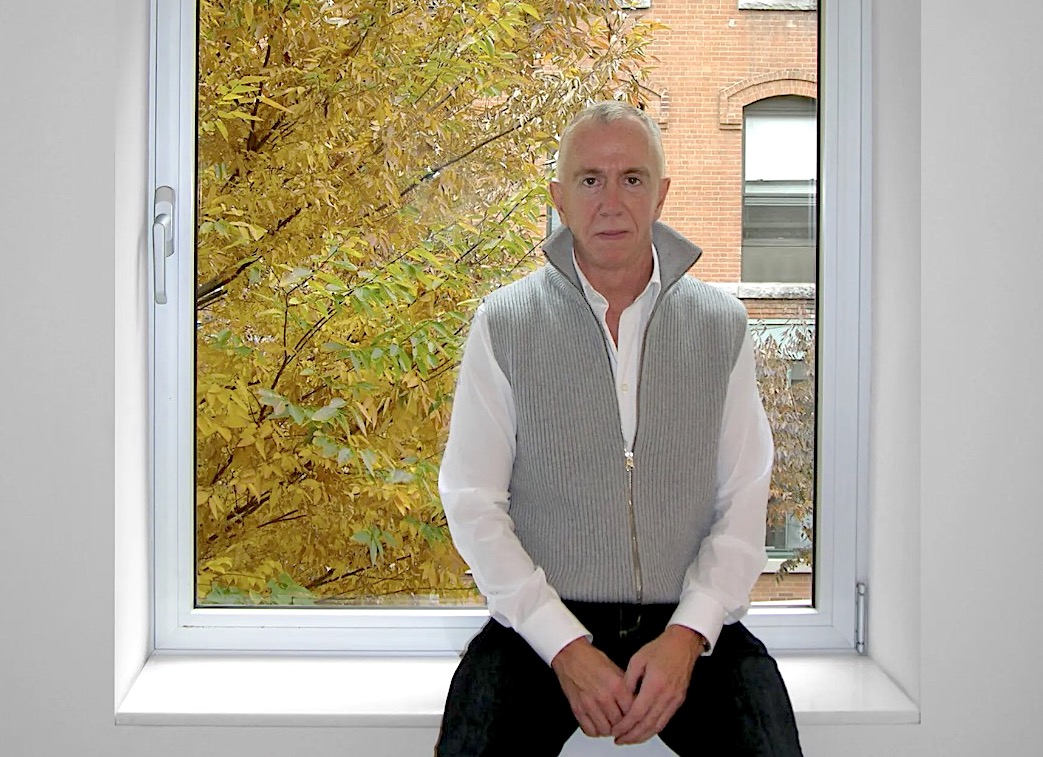Plug the well ( July / August 2003)
- Painting (Painting)
157 x 126cm
Keith Tyson
The work of Keith Tyson is concerned with an interest in generative systems, and embraces the complexity and interconnectedness of existence. Philosophical problems such as the nature of causality, the roles of probability and design in human experience, and the limits and possibilities of human knowledge, animate much of his work. Language as a coded system, as a representation medium, but also as something that generates a whole variety of realities also plays a central role. The heterotopias of the real and imagined, near and far, thinkable and inconceivable converge and find meaning. Using phrases, along with a list of them that could be continued ad infinitum, Keith Tyson creates images that cause the distant and the near, the fictitious and the real to operate from within a location. His media include painting, drawing and installation. His exhibits are hybrid forms, they are games, images, machines, mechanisms that offer places from which literature, inventories, phenomena spread out into spheres that are infinite in both space and time. In Tyson’s work the idea of dimensions play out in terms of prolongation of time and space, and the idea of breadth and compression. Tyson is not so much concerned with representation rather he is interested in subject of machines, mechanisms and engines that confront our models for handling reality and the re-evaluation of our subjective positions. Keith Tyson was born in Ulverston, UK, in 1969. He lives and works in London.
Colors:
Related works of genres: » installation artist, » born 1969, » contemporary artist, » painter, » drawing

© » ARTLYST
Kara Walker
Brent Sikkema, the Manhattan art dealer renowned for representing artists such as Jeffrey Gibson and Kara Walker found dead The post Brent Sikkema – Visionary Art Dealer Of Jeffrey Gibson And Kara Walker Murdered appeared first on Artlyst ....

© » KADIST
Kara Walker
2005In her masterpiece 8 Possible Beginnings or The Creation of African-America , Walker unravels just that, the story of struggle, oppression, escape and the complexities of power dynamics in the history following slave trade in America...

© » KADIST
Mark Bradford
2012This untitled work from 2012 is a print originally made as part of the Wattis Institute for Contemporary Art’s artist limited edition series...

© » KADIST
Martin Kippenberger
19897″ Single ‘Pop In’ by Martin Kippenbergher consisting of a vinyl record and a unique artwork drawn by the artist on the record’s sleeve...

© » KADIST
Allan McCollum
1982In the work titled The Glossies (1980), an affinity for photography manifested itself before McCollum actually began to use photography as a medium...

© » KADIST
Hans-Peter Feldmann
The types of objects Feldmann is interested in collecting into serial photographic grids or artist’s books are often also found in three dimensional installations...

© » KADIST
Martin Kippenberger
1988Martin Kippenberger’s late collages are known for incorporating a wide range of materials, from polaroids and magazine clips to hotel stationery, decals, and graphite drawings...

© » KADIST
Sebastián Díaz Morales
2012Pasajes I is the first in a series of Sebastián Díaz Morales’s four videos Pasajes , which focuses on a solitary man walking through Buenos Aires...

© » KADIST
Paul McCarthy
2008Memory Mistake of the Eldridge Cleaver Pants was created for the show Paul McCarthy’s Low Life Slow Life Part 1 , held at California College of the Arts’s Wattis Institute in 2008 and curated by McCarthy himself...

© » KADIST
Edward Kienholz
1984Untitled (San Francisco) was made in Idaho in 1984 and was facetiously dedicated to Henry Hopkins, the then director of the San Francisco Museum of Art who added “modern” to its name...

© » KADIST
Allen Ruppersberg
1970Untitled (City Limits) is a series of five black-and-white photographs of road signs, specifically the signs demarcating city limits of several small towns in California...

© » KADIST
Hank Willis Thomas
2014South Africa Righteous Space by Hank Willis Thomas is concerned with history and identity, with the way race and ‘blackness’ has not only been informed but deliberately shaped and constructed by various forces – first through colonialism and slavery, and more recently through mass media and advertising – and reminds us of the financial and economic stakes that have always been involved in representations of race....

© » KADIST
Martin Kippenberger
1989Untitled is a work on paper by Martin Kippenberger comprised of several seemingly disparate elements: cut-out images of a group of dancers, a japanese ceramic vase, and a pair of legs, are all combined with gestural, hand-drawn traces and additional elements such as a candy wrapper from a hotel in Monte Carlo and a statistical form from a federal government office in Wiesbaden, Germany...







